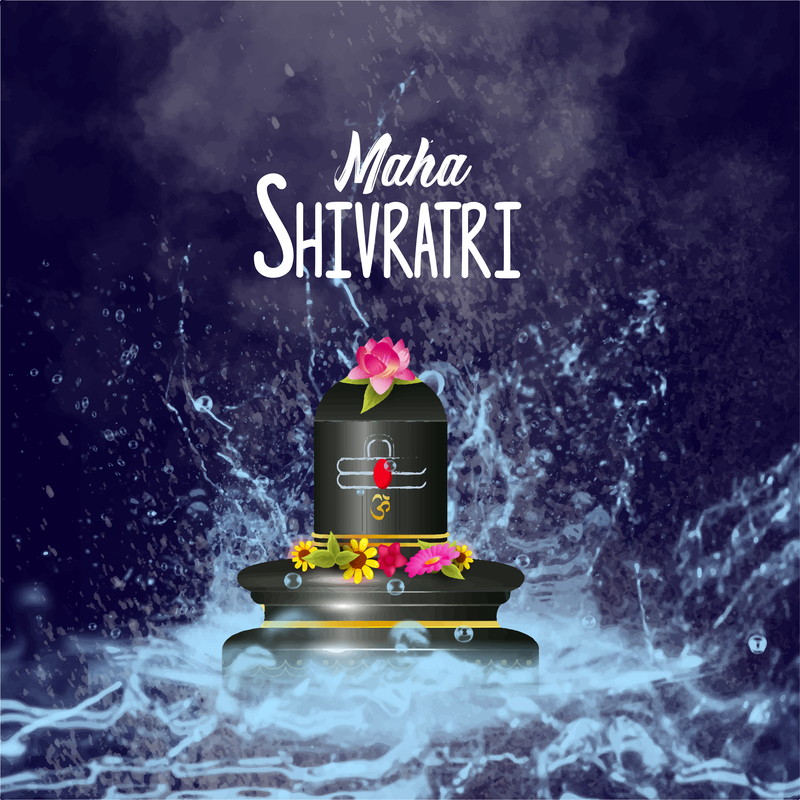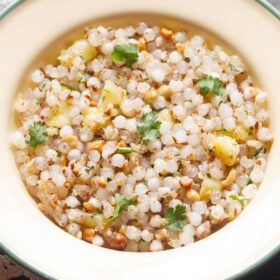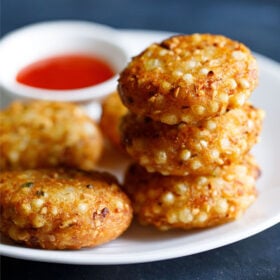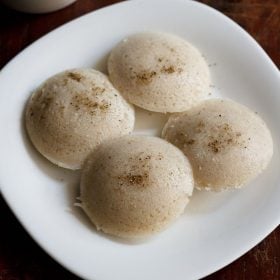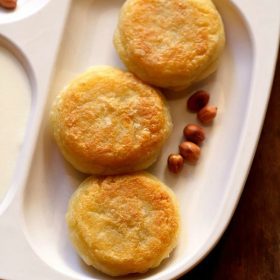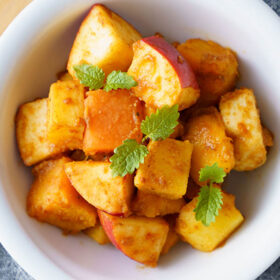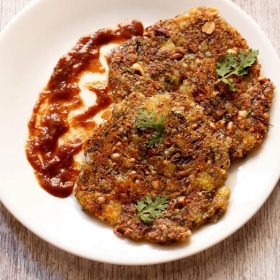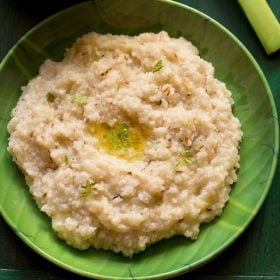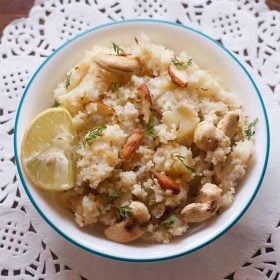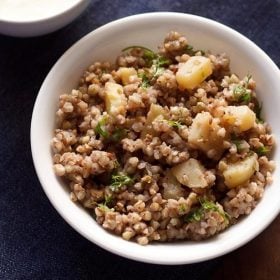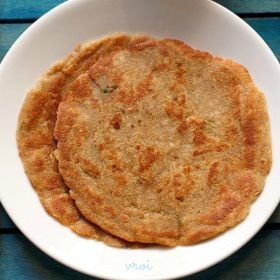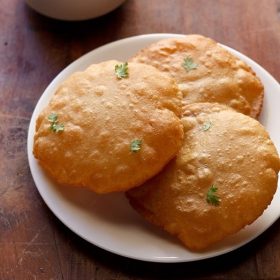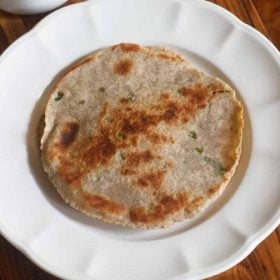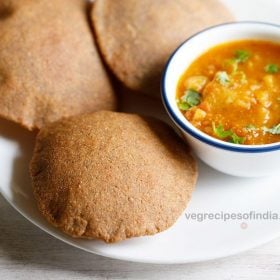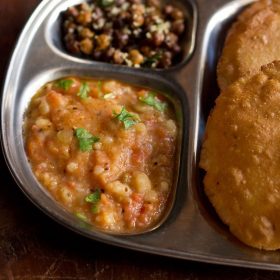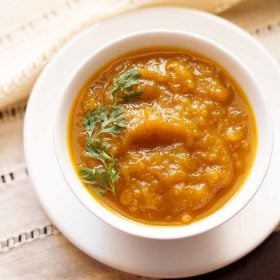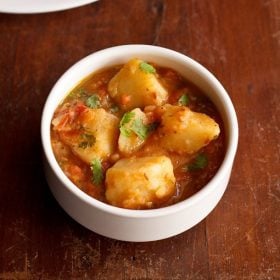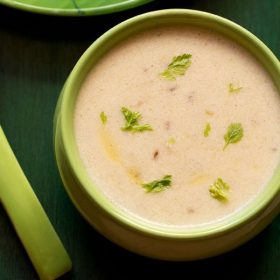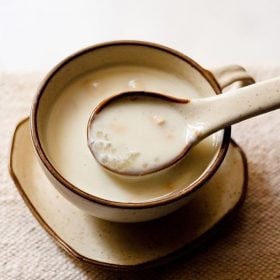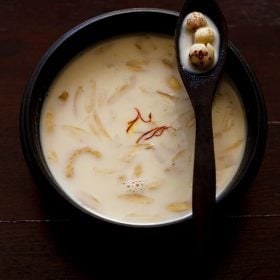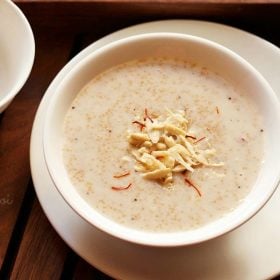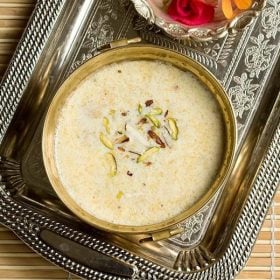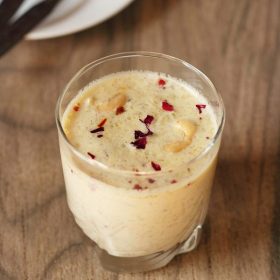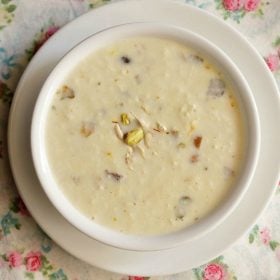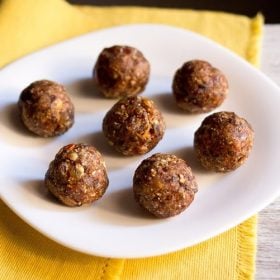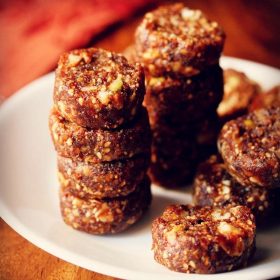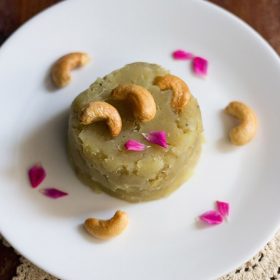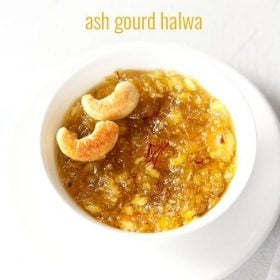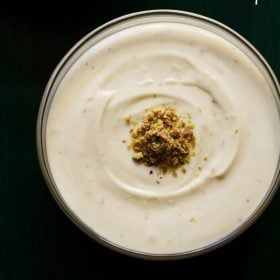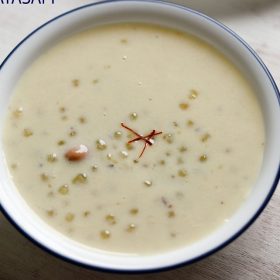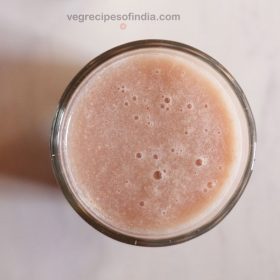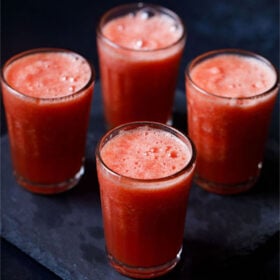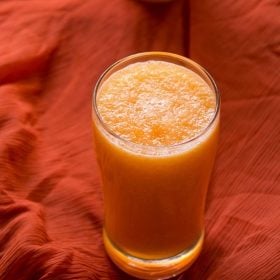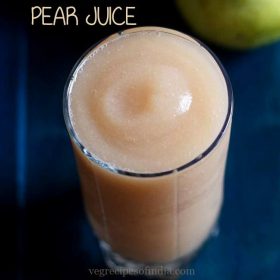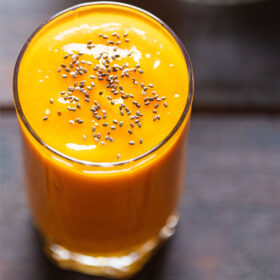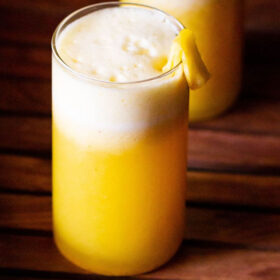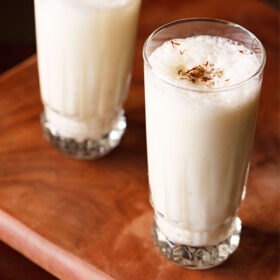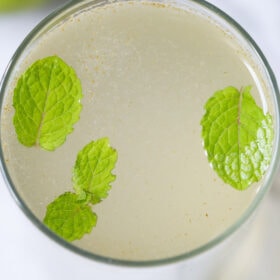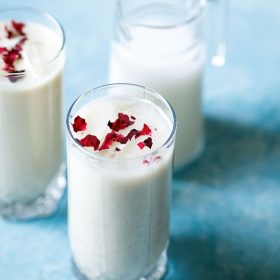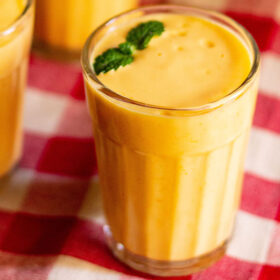Significance of Mahashivratri
Mahashivratri takes place once a year in the month of Falgun in the Hindu Lunar Calendar. It is one of the most auspicious nights in Hinduism along with Janmashtami which is celebrated as the birth of Lord Krishna. Most Hindus observe a fast on this day. On this day, devotees perform a special ritual (puja) called ‘Rudrabhishek,’ the completion of which is known to grant their wishes. This puja is also regarded as one of the purest and sacred Hindu rituals. Mahashivratri is celebrated in the months of February or March depending on the lunar calendar. It is common for Lord Shiva believers and followers to worship him along with Goddess Parvati all year round. This can be a part of Shivratri also referred to as ‘Masik Shivratri,’ which is often confused with Mahashivratri. However, there is a noteworthy difference between the two. ‘Shivratri’ occurs on the 14th night of every lunar month in the Hindu Calendar. Thus, summing up to a total of 12 Shivratris in a year, once every month. On the other hand, Mahashivratri is the most revered one of the 12 Shivratris and occurs once a year. Mahashivratri is also believed to be the day when Bhagwan Shiva and Mata Parvati got married. According to ancient holy Hindu scriptures, Bhagwan Shiv is credited with blessing us with Yog (Yoga), Meditation, Tantra, Aghora, Dance, Music, Martial Arts etc. All these divine gifts are a way to raise your consciousness and get enlightened or have a samadhi experience. The ‘Shivlinga’ or the symbolic representation of Lord Shiva represents a state of enlightened consciousness. On Mahashivratri, many devotees pour water on the Shivlinga with a lot of piousness and in a state of no consciousness (no thoughts). They also chant sacred Shiva mantras and indulge in fasting. The idea is to connect the self with a deeper and higher state of pure mindfulness and inner divinity without any ego. Visiting a Shiva Temple, spending time in remembrance of Mahadev and mediating are also popular activities on this day. Many people believe Mahashivratri to be a great day for charity. The spiritual practices conducted on the days and nights of Mahashivratri are extremely potent in raising the consciousness and achieving the experience of enlightenment. This year, Mahashivratri falls on March 8, 2024.
Legends of Mahashivratri
The festival of Mahashivratri is associated with many stories and legends. Read on to know some of them.
Mahashivratri Fasting Food (Vrat)
Shiva disciples or devotees observe the Mahashivratri fast (vrat) with great dedication and consume light religious food, which is essentially ‘satvik’ in nature. According to Ayurveda, satvik foods are vegetarian, made without onion, garlic and easy to digest. These are healthier, more nutritious and fresher which are meant to elevate energy, happiness and calmness in humans. Cereals, lentils and grains are avoided, onion and garlic are not included and rock salt (sendha namak) is used instead of regular salt. To know more about fasting food, you can check this post of Navratri Fasting Rules. The rules of fasting may differ from person to person, but majorly people fast completely or cook the unique dishes from Mahashivratri vrat recipes and have just one meal in a day. Some people who don’t fast make sure to prepare meals that have no onion, no garlic. If you are also planning to fast or keep a vrat on this special day, then this collection of fasting recipes for Mahashivratri will definitely help you in deciding the menu.
Fasting Recipes for Mahashivratri
This collection of 41 Fasting Recipes for Mahashivratri is divided into the following categories: The one meal that you choose to consume on Mahashivratri is completely your choice. I preferably have some fruits on this day, which is followed by one light meal for dinner. In addition to this, I do meditate and chant Shiva mantras as well, and try to be awake the whole night. Note Make sure to use edible and food grade rock salt in place of regular salt or black salt in the recipes listed below. You can also skip the ground spices or add fewer spices. Do take into consideration your age, body and health factors while planning to fast. Drinking enough water or fresh fruit juices to keep the body hydrated is always advisable. I am also sharing a special Thandai recipe in section below which can be consumed after the Mahashivratri fast is over.
1. Breakfast or Snacks
2. Lunch and Dinner Fasting Recipes for Mahashivratri
3. Curries and Sides
4. Sweets or Desserts Recipes
5. Beverage Recipes
This Mahashivratri Vrat post from the archives first published in February 2020 has been updated and republished on February 2023.
